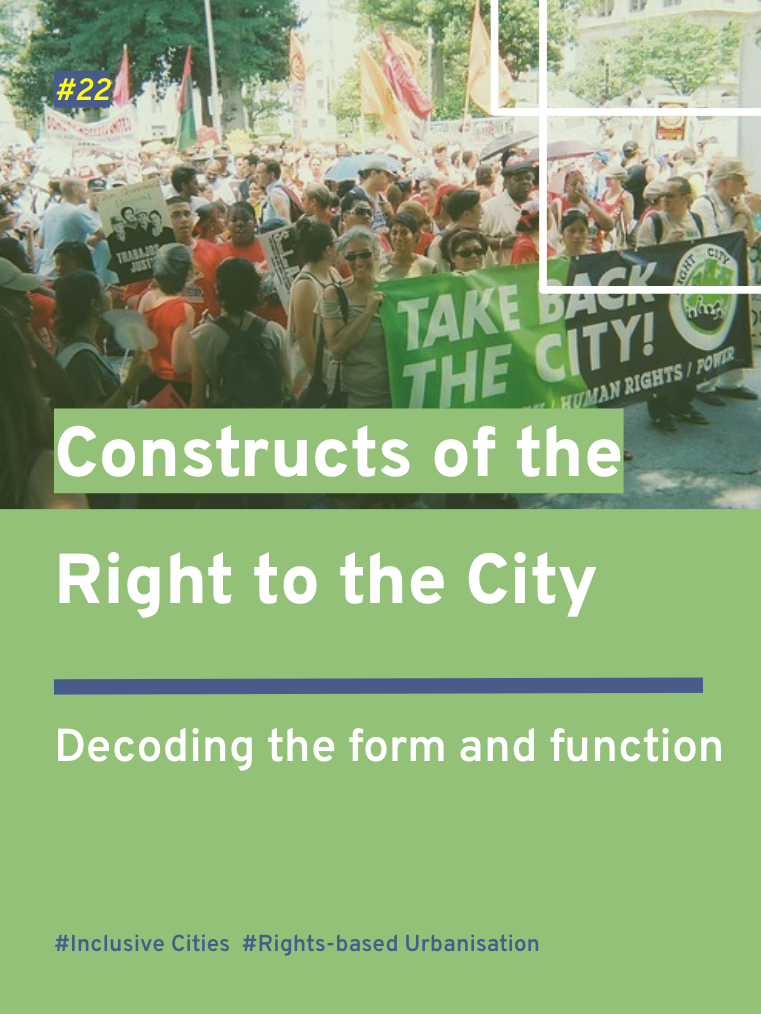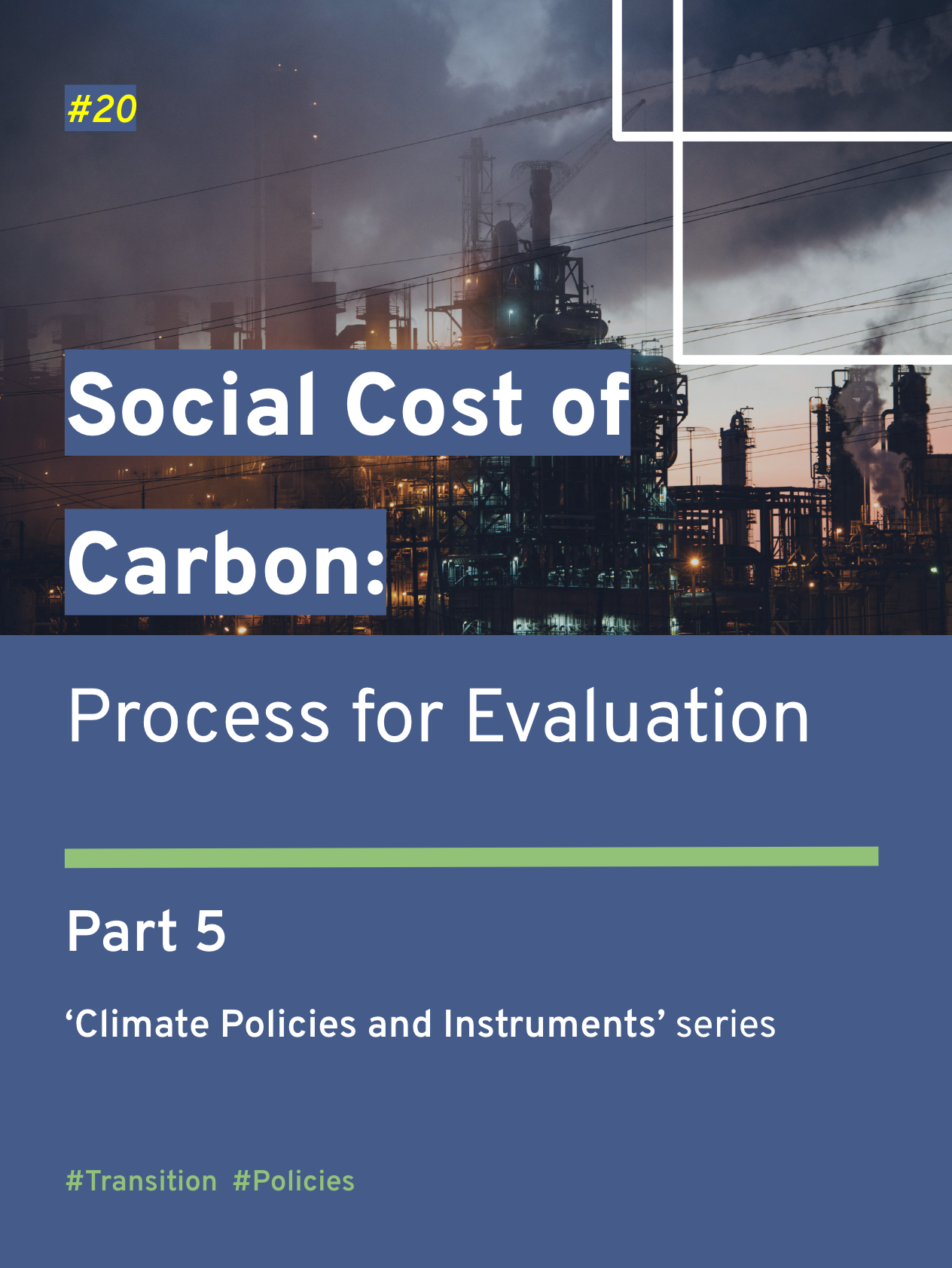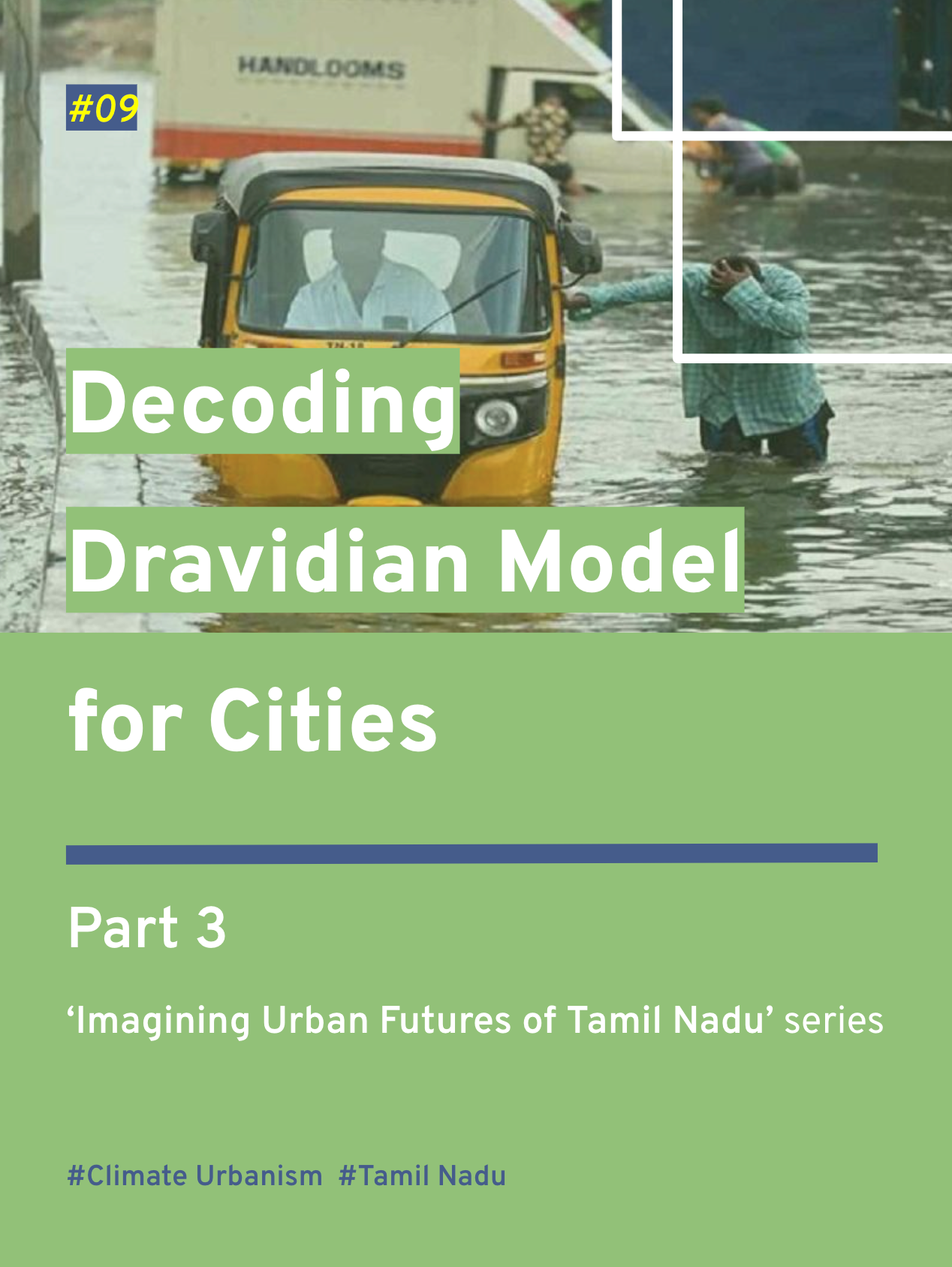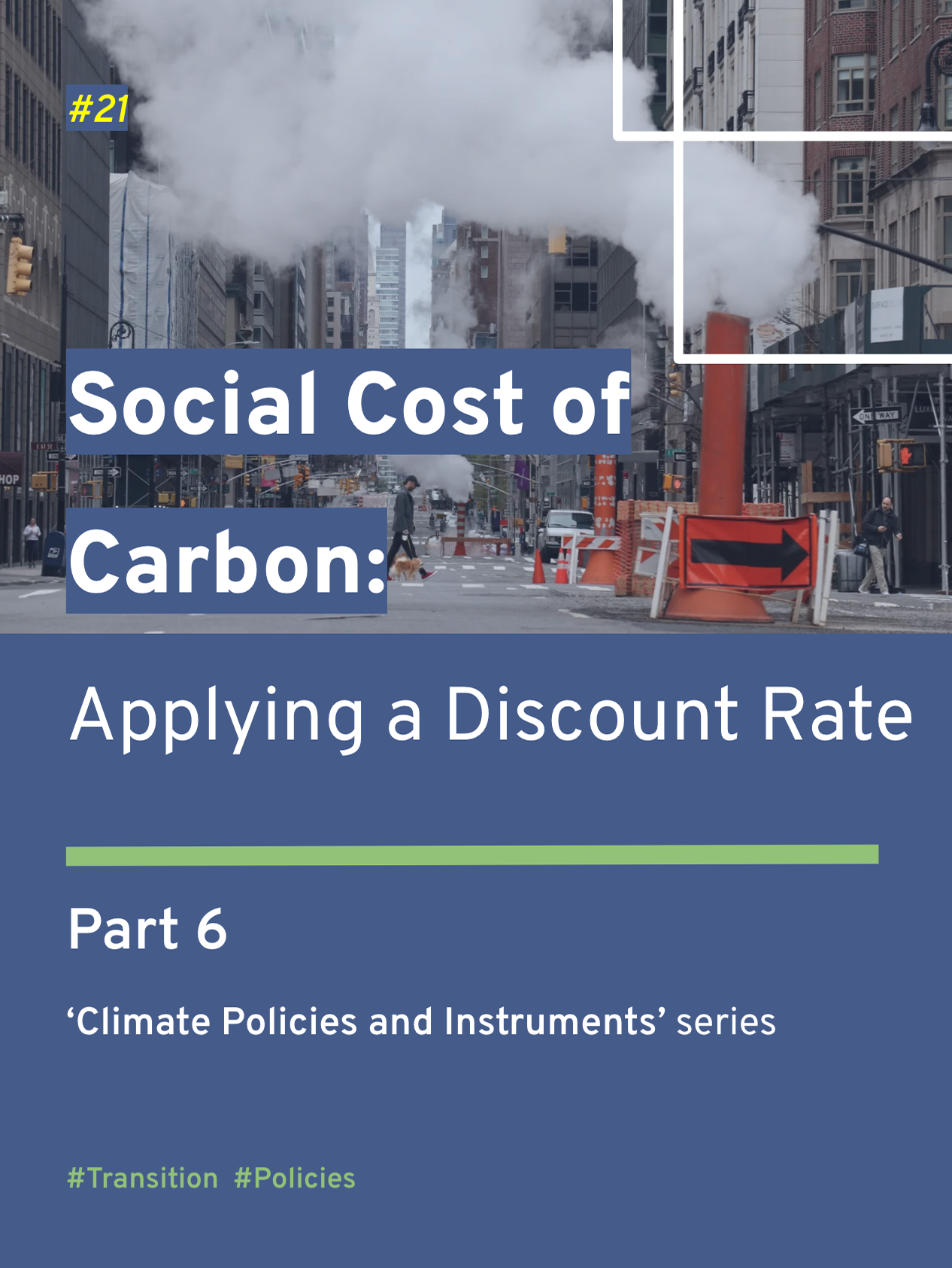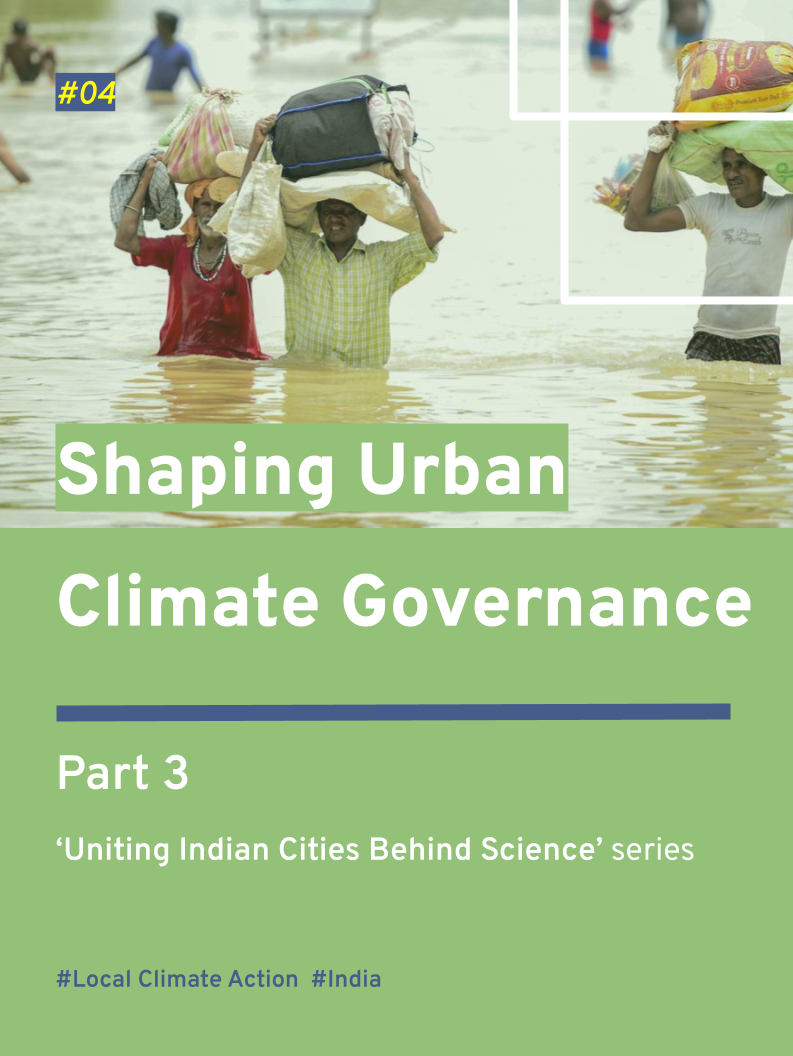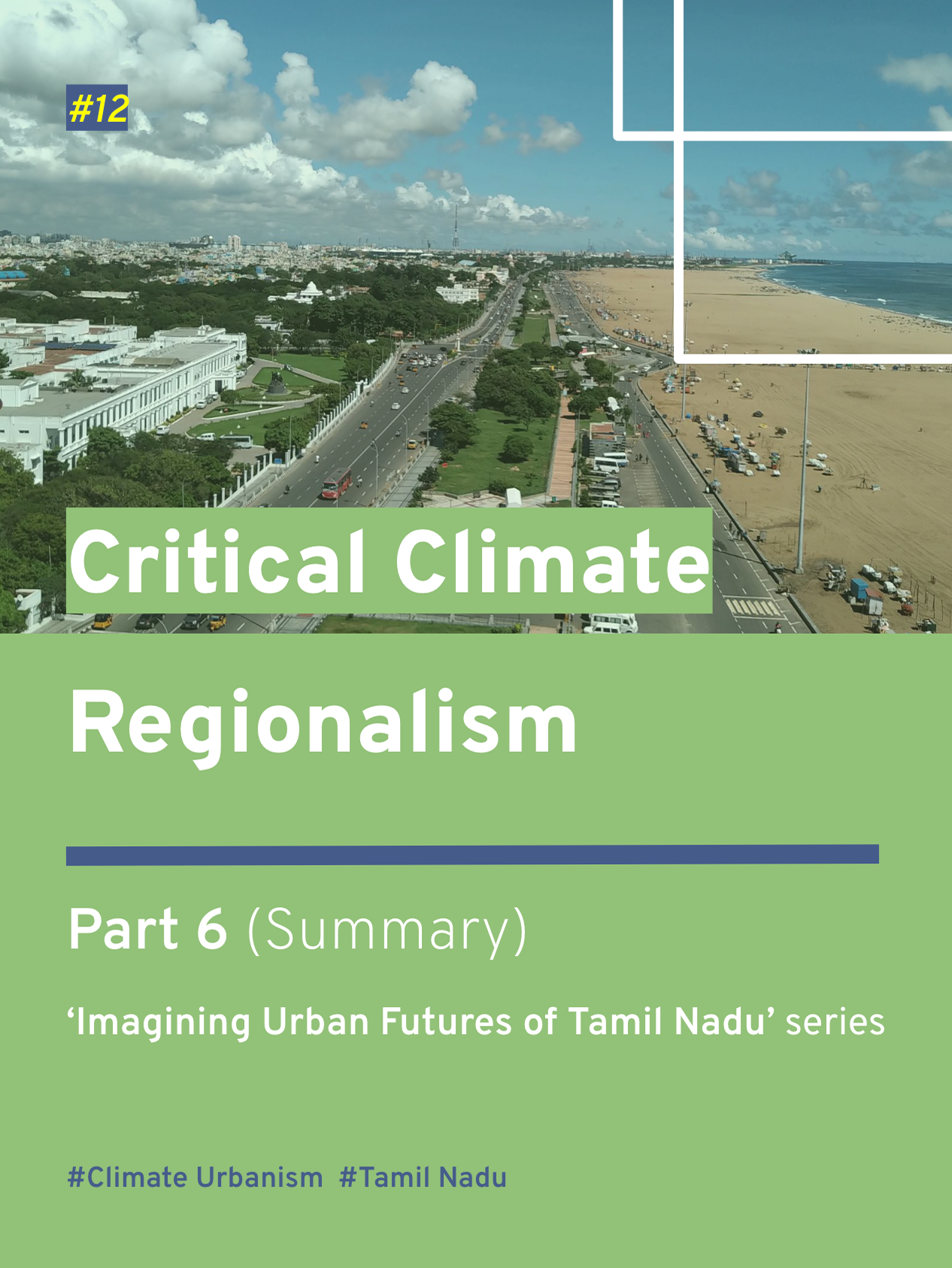Part 2 of ‘Uniting Indian Cities Behind Science’ series
Bengaluru, India (Source: The Hindu)
Click here to read Part 1 that sets the premise for the discussion here.
In 2006, by phrasing “Data is the new oil,” the British mathematician Clive Humby, suggested data as the most valuable resource of this century, but unusable if unrefined. Nearly two decades later today, as we discuss net zero targets and just urban transitions in response to the climate crisis, I am inclined to say that ‘Data is the key to an oil-free future’.
But, WHY?
Climate action is expensive, political, and non-negotiable. To navigate an activity that is necessary and involves significant investment and redistribution of resources, we need scientific backing (basically numbers). In this context, data-based decision-making is critical and not only dependent on a pre-established baseline and scenarios. But it is also subject to our capacity to integrate emerging findings, trends, forecasts, and projections on climate-relevant municipal sectors as quickly as necessary. For example, to make an unbiased decision on urban household-level energy policy, in addition to the status quo of present energy sources, supply, and demand, it is critical to have data on the latest technological products (findings) and their market adoption (trends), predictions on short-term future consumption based on past readings (forecasts), and predictions on long-term development and purchase dynamics based on unknown risks and opportunities (projections).
With most Indian cities (maybe ‘all’) struggling to establish baseline data across sectors, this seems like too much work, especially for a country that struggled to estimate the migrant displacement during the COVID-19 pandemic and provided figures ranging from 2.6 to over 30 million.
‘Can Indian cities handle the demand for collecting, managing, and monitoring data for local climate action?’ Leaving the skepticism aside, let’s reframe the question and think optimistically to take the first step forward: ‘What data do Indian cities need for setting science-based targets (SBTs) and pursue climate action?’
The two methodologies—the Deadline 2020 methodology and the One Planet City Challenge methodology—to set city-level SBTs are built on a set of data requirements. The Deadline 2020 methodology uses GDP per capita and population projections up to 2050. The One Planet City Challenge methodology takes a different pathway through the city-wide Human Development Index (HDI). However, the core data requirement in both cases is the city-level greenhouse gas (GHG) emissions inventory.
A GHG emissions inventory is a comprehensive data panel of a city’s emissions, disaggregated by two factors; sector and scope. The Global Protocol for Community-Scale Greenhouse Gas Inventories (GPC), which provides detailed guidelines for measuring emissions in cities, categorises city functions under five broader sectors: stationary energy, transportation, waste, industrial processes and product use (IPPU), and agriculture, forestry, and other land use (AFOLU). They are also further expanded into twenty-two sub-sectors. In parallel, there are three categories by scope: Scope 1, 2, and 3 emissions. Scope-1 GHG emissions are from direct or owned sources within the city boundary (e.g., industrial activities, road transport, agriculture, etc.), whereas Scope-2 emissions are attributed to indirect sources within or outside the city boundary to support the use of grid-supplied electricity, heat, steam, and/or cooling within the city boundary (e.g., power grids). Scope-3 consolidates the sources outside the city boundary as a result of activities or demands within the city boundary (e.g., out-of-boundary transportation to move people and goods, waste and water treatment, etc.).
Figure showing the sources and boundaries for mapping city GHG emissions (Source: Global Protocol for Community-Scale Greenhouse Gas Inventories)
We have a goal (setting SBTs), and we know the prerequisites to complete that (the baseline data, including GHG inventory), yet WHAT is stopping Indian cities from creating that data set?
A. Measuring is complicated:
Development agencies including C40, ICELI, WRI, and the World Bank have created comprehensive guidance documents and tools for measuring local-level GHG emissions. Yet, these technically loaded, cost-involved, science-based mechanisms carry a significant level of complexity in practice for covering emissions across all sectors and scopes. Hence, adoption seems to have primarily been limited to bigger cities with higher institutional capacity and external knowledge support.
B. Measuring is political:
When the need for GHG emissions inventory is translated from the national to the local level, it also comes with territorial challenges. In most Indian cities, due to the complex boundary-making history, the operating jurisdictions for urban planning and regulation, municipal administration, and political representation do not align. In addition, the commonly observed and recorded challenge of poor inter-departmental coordination also worsens the situation of data collection and management. Thus, alongside the technical challenge of tracking consumption emissions for products and services being imported from outside the boundary, the scenario gets politically controversial, leaving Indian cities silent towards mapping and measuring the life-cycle emissions of their residents and businesses.
C. Measuring is also managing:
As commonly suggested, 'we manage what we measure'. We could also think that the overburdened Urban Local Bodies, with limited funds, limit what they manage by limiting what they measure. The willingness to measure would come only when there is a willingness to manage—mitigate and adapt, as a state of mismanagement or no management following the measurement process could bring legal charges and public outcry.
In this state of affairs, how do we make setting city-level SBTs by 2030 a plausible reality? - Mmm… We can wait for a miracle and pass some time, or we could reflect on these current challenges and explore new approaches to unite Indian cities behind science by 2030.
Click here to read Part 3 which discusses the opportunities for new climate governance approaches.
Have questions, thoughts, or feedback? Write to nagendran.bala.m@gmail.com.

